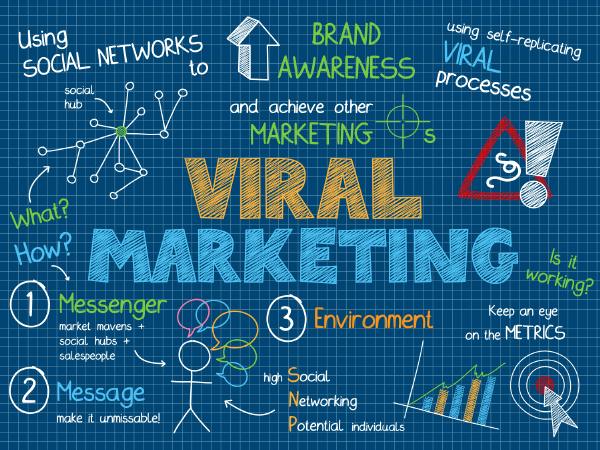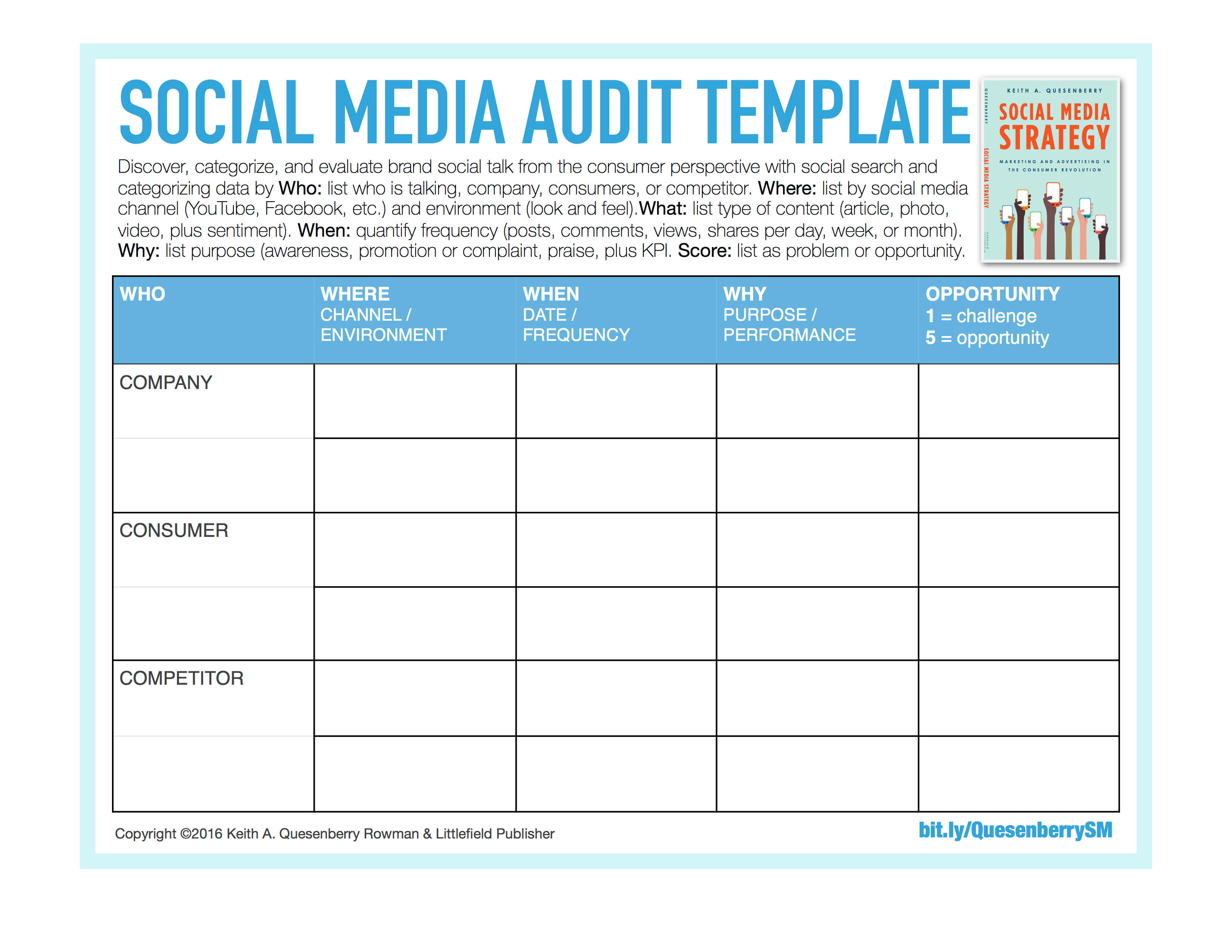
Here are some ways to create better content if you want to improve your content marketing strategy. First, don't forget that your audience doesn't have the ability to tell stories. They are buyers, not storytellers. Create content that provides value for your readers. Keep track of your results! And finally, be consistent! Here are some more tips to improve your content-marketing strategy.
In content marketing, the audience isn’t only buyers.
Content marketing must stand out from all other types of advertising. Brands must consider the interests, preferences, habits, and lifestyle of their customers, rather than focusing solely on products. Red Bull for example, created content on topics that its audience care about, such a passion in sports. By providing content that interests these individuals, Red Bull has increased brand loyalty. Red Bull isn’t just a media firm; they also sell energy beverages.
The buyer journey begins when an audience is in the 'unaware' stage. This stage is often triggered by a situation or a pain point that triggers the urge to buy. Your content should educate this audience about your solution if you are marketing to them. This will ensure that you are addressing their needs and have more impact than mere lead generation.
Content marketing isn't about being a storyteller.
You are not alone if you use content marketing as a method of storytelling. Although thousands of content marketers have tried this strategy, most fail to master it. Most stories have a story, a main character and a conclusion. How can you create a compelling tale? You need to understand your audience. This can be done by creating buyer personas.

It is a powerful way to connect and build trust with consumers. Storytelling appeals directly to the emotional side, while tactics are rarely given the attention they deserve. A brand's story can be described as a novel. It appeals to the emotional side of consumers, while tactical arguments about the product get very little attention. Storytelling is the use of non-fictitious characters to tell a story. The results are content that is more interesting and compelling.
Value should be your main focus
Your content marketing strategy should be focused on providing value to your audience. Whether it's providing valuable tips or providing in-depth guides, content should answer questions your prospects may have, including why they should buy your product or service. Because customers receive so many marketing messages each day, this is important. If you provide valuable content to your customers, you will be an authority in your industry.
The three main channels for content marketing are email, search engine optimization and social media. Each of these channels is unique and has its own strengths and weaknesses. To create a content marketing strategy, you should first review your existing content marketing efforts to identify which channels are most successful. Then, focus on those channels and duplicate their success. These three channels are the foundation for your marketing strategy.
You need to track your results
Monitoring results is the key to an effective content strategy. KPIs can be used for each campaign to track the success of your marketing efforts. By tracking these metrics, you can make necessary changes to your strategy. Depending on your target audience, you can create various types of content. Make sure your content is targeted at a particular segment of your customer base. It's a good idea to find out what content your target market prefers.

High-level KPIs are critical to your team and management. These are useful for measuring overall performance but they don't give you the full picture of what is working well and what needs to change. It's much better to define more precise metrics and then monitor them against these. With the data, you can make better decisions and plan better for the future. It is possible to predict future growth. Ultimately, data can make your content strategy more accurate.
FAQ
How much should I invest in content marketing?
It all depends on how many leads are you looking to generate. Depending on your industry, the average cost per lead is between $5 and $10. We spent $20 per lead when we started our business. Now we spend $6-7 per leads.
Why do I need a Content Marketing Strategy to succeed? Why send emails and post updates on social media?
Two reasons to ignore Content Marketing Strategy are:
-
You may believe that email marketing or social media posts will be enough to get people talking and sharing your brand's story.
-
This type of content might not be practical if you haven’t yet tried social media posting or email marketing.
Both assumptions are incorrect.
Email marketing and postings on social media can be great ways of communicating with prospects and customers. They're not enough on their own.
Your goals can't be achieved by an email campaign. You need to integrate it with a larger strategy. Your goals will not be achieved by social media posts. These posts should be part of a larger plan.
A Content Marketing Strategy is the key to this success. A Content Marketing Strategy is a plan that sets clear goals for each piece. This will allow you to manage the entire content creation process.
As a consequence, you will be able spend more time on other vital aspects of running your business, such as growing your customer base and increasing conversion rates.
Even though Content Marketing Strategy has many benefits, it doesn’t make it easy.
But, having a strategy in place makes all the difference.
Are you a content marketer worth your money?
Content marketing is an essential part any online business strategy. It is also a very effective way to increase brand exposure. Content marketing isn't just for customers. It makes your brand stand out from others.
The goal of content marketing is to create valuable information that people will want to read. The most successful companies know how to engage their target market by using content marketing as a central component of their digital marketing strategy.
What is a Content Strategist?
Content strategists are able to help brands tell their stories by creating engaging messages that resonate with their customers. They are storytellers who tell brand stories that inspire people to take action and make them more effective.
Content strategists can create strategies that are engaging for current and future customers. For example, they combine data analytics and storytelling to craft experiences that inspire consumers to visit stores, buy products and share their excitement online.
They are also able to integrate social media platforms in these campaigns. They are also skilled in using technology tools such video and virtual reality to provide powerful customer experiences.
These strategists create digital content and then translate those ideas into plans that marketers will be able to implement. This includes creating content for print and television, developing creative briefs, managing budgets, and creating content.
Statistics
- Measure your goals with a progress indicator of 0-100%. Make your goals collaborative and transparent (semrush.com)
- An example of an overarching goal could be: "In 2022, we want to achieve a 20% increase in revenue created by organic content and generate 15,000 MQLs with a budget of $30,000." (semrush.com)
- According to the Content Marketing Institute, 70% of B2B marketers and 86% of B2C marketers surveyed use content marketing in some form or other. (criteo.com)
- According to our research, 65% of companies with very successful content marketing in 2021 ran content audits at least twice a year. (semrush.com)
- Seventy-two percent business to business (B2B) (mailchimp.com)
- Out of the 1,500 marketers we surveyed for our State of Content Marketing report, 78% who felt their content marketing strategy was exceptionally effective in 2021 had documented their strategy. (semrush.com)
- According to research compiled by Coschedule: Companies that publish 16+ blog posts a month get as much as 3.5x as much traffic as those that publish 0-4 posts a month. (criteo.com)
- Forty-seven percent of buyers view 3 to 5 pieces of content before engaging with a sales representative. (mailchimp.com)
External Links
How To
How to Write an Effective Press Release
Press releases are an excellent way to establish credibility within your niche. Press releases can also be a great way to build relationships with journalists or other influential contacts.
Business owners often struggle to write press releases, as they lack the skills needed to craft engaging copy.
Here are some tips to keep in mind as you develop your next press release.
Know Your Niche
Before you begin writing your press release, you need to understand your niche. This includes understanding your niche and what makes it unique.
For example, suppose you're a real estate agent. You might also consider including information about professional affiliations, such as the association that you belong to and how long you have been in the field. Perhaps you could mention your experiences working with clients or providing exceptional customer service.
Include Keywords In Your Title
The title of your press releases is often the most important. It's the only section that appears in search engines, so it needs to grab attention immediately.
Your product or service keywords are the best keywords to use in your titles. For example, if you sell custom-made wedding dresses, you might use words like bridal gowns, wedding dresses, or customized wedding dresses.
Make sure your headline is relevant
Your headline is the first sentence in your press release. It is the first line people read in your press release so it should be catchy and pertinent.
When you're creating a press release for the first time, you probably won't know exactly what kind of content works well. Test different headlines against one another. Find out which headlines have the highest click rates.
Google can also be used to search for your company name and "press release". The top results will show you which topics are popular.
You may have heard the phrase "write for yourself, but publish for others." It's true. But you shouldn't just throw together a press release and forget about your audience.
A Purpose
The majority of press releases include three sections.
Each section has specific elements that make it easy for readers to grasp the main points of your message.
Executive Summary
This is the shortest and least detailed section of your press release. It is usually one paragraph that summarizes the contents of your press release.
Body
This area is where you will provide information about your product. This area is for you to explain the benefits of using your products or other services.
Conclusion
This is the final section in your press release. It includes two paragraphs. Next, sum up the key points you have taken from your body. Your business should be positive.
Here's an example of a conclusion:
"My new book offers practical advice to anyone who wants to improve their fitness and health. My book will help you reach your personal goals.
Make sure to include URLs
In press releases, it's common to link to your site. But did you know there are several different types of links?
A quick overview of the various types of links you should include with your press release:
-
Email: If you send a press release via email, make sure to include a URL.
-
Social media: Add buttons for social media sharing to your website. By doing this, anyone who shares your press release will link to it.
-
Blog: Write a blog post about the press release. In the text, include a link back to your press release.
-
Website: Link to your website directly using the URL from your press release.
-
Directories: Submit a press release to an online directory such as Digg, Yahoo! Press Release Directory.